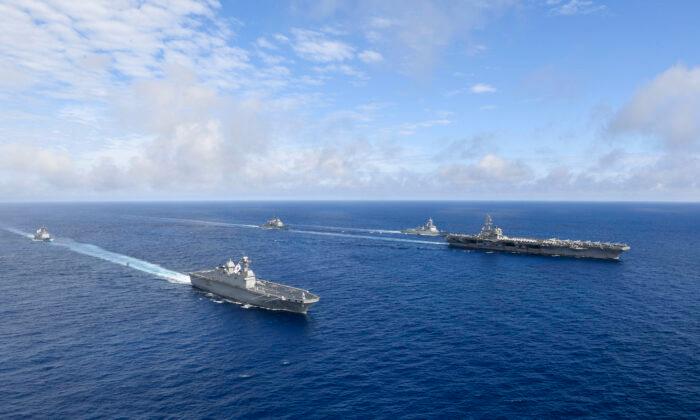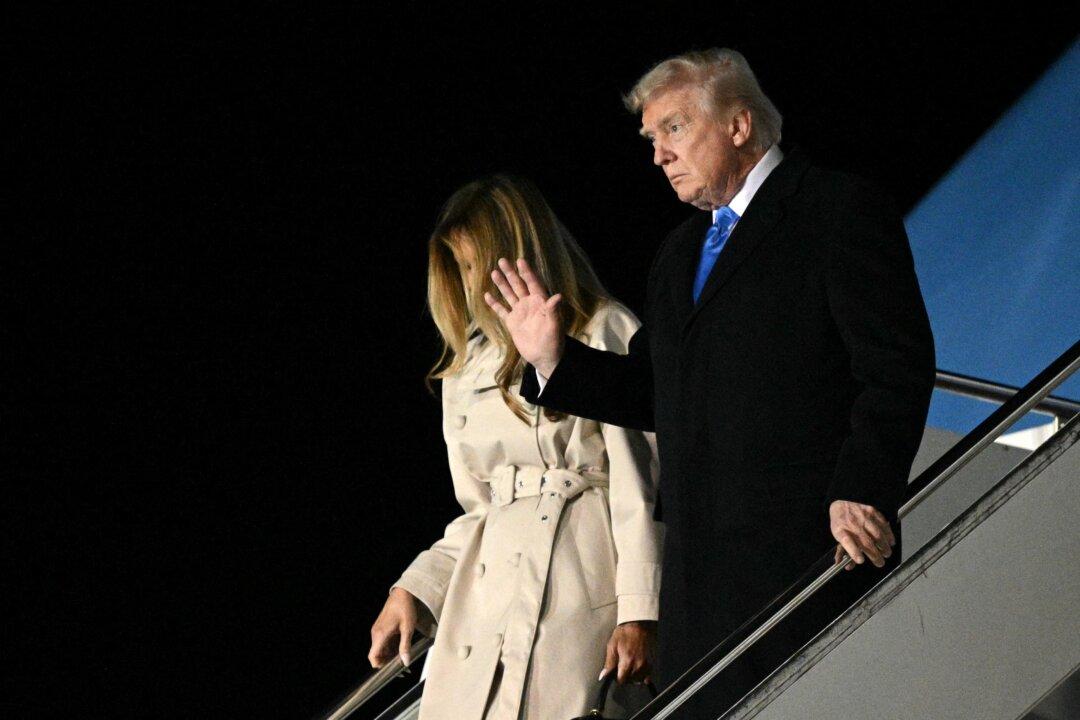The United States, South Korea, and Japan launched their first trilateral anti-submarine drills in five years on Sept. 30, just a day after North Korea launched its third ballistic missile test this week.
The drills were held in waters off the east coast of the Korean Peninsula, involving the USS Ronald Reagan aircraft carrier, Japan’s Asahi-class destroyer, and South Korea’s Munmu the Great destroyer, among others.
“We will continue such realistic high-intensity exercises so that we can react decisively and overwhelmingly against any form of provocations,” Cho said.
North Korea launched two short-range ballistic missiles into the sea on Thursday, hours after U.S. Vice President Kamala Harris ended her visit to South Korea. She also visited the Demilitarized Zone separating the two countries.
It was the third round of missile launches by North Korea this week, extending a record pace in weapons testing as it accelerates a push to expand its arsenal and pressure Washington to accept it as a nuclear power.
South Korea’s Joint Chiefs of Staff said the missiles were fired nine minutes apart from an area just north of the capital, Pyongyang, and flew toward waters between the Korean Peninsula and Japan.

They expressed concern over North Korea’s threats of nuclear conflict and pledged an unspecified stronger response to major North Korean provocations, including a nuclear test.
Harris described this week’s missile launches as provocations meant to “destabilize the region” and said the United States and South Korea remain committed to the “complete denuclearization” of the North.
“I cannot state enough that commitment of the United States to the defense of the Republic of Korea is ironclad,” she said.





